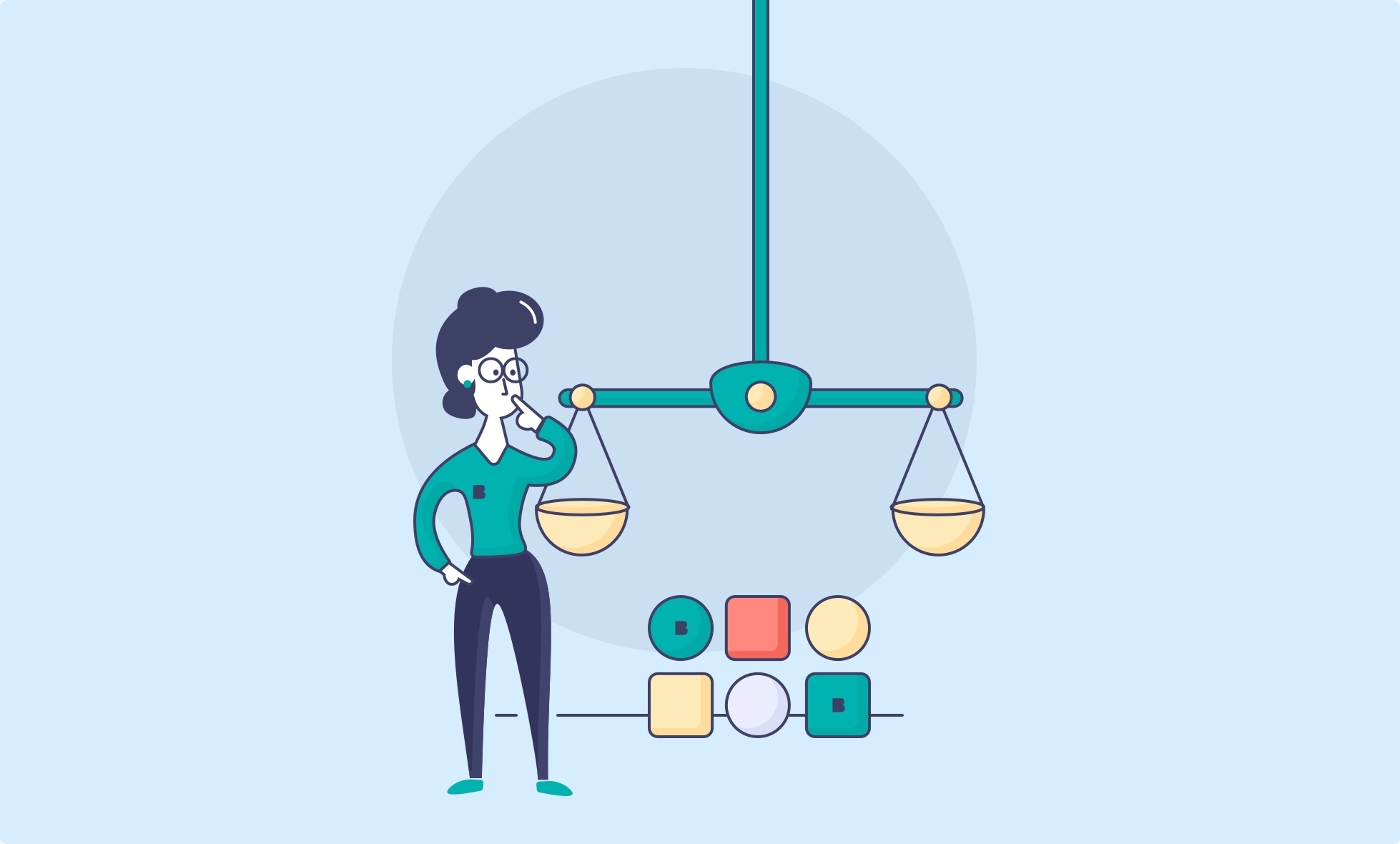Headless Vs Monolithic CMS
Storyblok is the first headless CMS that works for developers & marketers alike.
A CMS is a Content Management System, or to explain in more generic terms a system where one can store content (images, texts, and other elements) with the primary objective to create a website. With that said, the traditional, or "monolithic" CMS has a structure where the code and the visuals of a website (or other screens) become linked with each other.
When traditional CMS was created, the only screen available to one sees the result of it was the Desktop, through a website. Basically one creates a website with one possibility to see and interact with. As years pass by, new devices and screens became available to users, such as Apps, mobile websites, SmartTVs, IoT gadgets and the user could not rely anymore only on one type of structure as the one created with monolithic CMS. Of course, the work of developing the same website for different devices is possible but requires more time, people and therefore more money.
The headless CMS was created to replace the traditional one with a feature that delivers the visuals to different outputs.
In terms of concept, the layer that usually shows the visual (front-end) of a website is embedded in the website code in a part that is called HEAD. Removing that from the original code and putting it apart could give efficiency, reducing time and money to companies.
Since this system was created, the headless CMS (where you have the backend detached from the front-end) could be a great asset to a company that needs to create a website and deliver them to different types of devices. With that, you can alter the content in the code and deliver the same modification to your different visual endpoint.
Regarding technical demands, fewer people are required to do the job. You will need users who can create the base code, and others that can deliver the visuals to your devices, working with API that eases the visuals of being deployed in the website/app. This feature also gives the developers the possibility to choose what technology they want to create the content of the website.
Understand the difference between Storyblok and a page builder.
With Storyblok not only this is possible, but it has a visual editor, where the user can see live modifications and information of the website. Another important issue is that Storyblok doesn't require any installation, since as a Software as a service (SaaS) platform you can just log in to start using it, cutting even back-end hosting costs. Of course for technical reasons, some integration could be necessary, especially when talking about creating specific front-end visuals for your site or specific integrations.
Finally, a great point worth mentioning is that as a SaaS model, Storyblok is constantly updated, revised and from time to time has new features and releases that can be monitored online.




